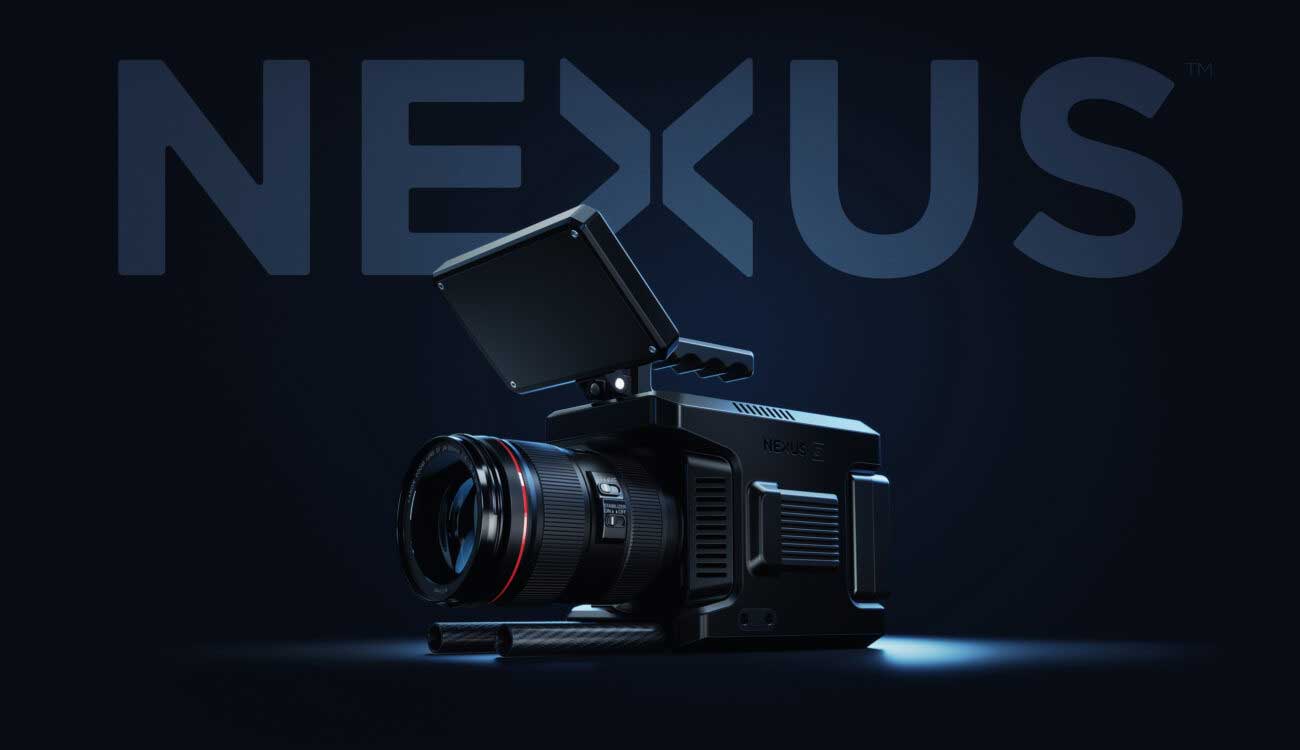


Box-style cameras have become quite popular amongst many filmmakers. While they may initially seem limited compared to their mirrorless counterparts, they can actually be much easier to shoot with. Especially when rigged.
A company called Nexus Cameras has taken this idea and run with it in a big way. They’re developing the Nexus G1, a box camera containing the guts of a Blackmagic Pocket Cinema Camera 6K (buy here).
Why a box camera?
No matter how capable they become, mirrorless cameras still feature a photography-first ergonomic. And while the Blackmagic line of Cinema Cameras aren’t designed to shoot stills, their Pocket Cinema Cameras have a similar look and feel from a filmmaking standpoint.
The team at Nexus say they were constantily fighting with their Pocket cameras to be able to get the most out of them. The view and access to the touchscreen interface was regularly blocked. Rigs constantly needed to be torn down and rebuilt for different setups, with an overall weight too heavy for long-term gimbal use.
The more we rigged the Blackmagic Pocket 6k to fix the problems it had, the more problems the rigging and external accessories caused, which limited creativity in other ways. Such as the need to constantly break down and modify rigs for different movement setups, problems with controlling the camera via the screen blocked by a battery, the weight which makes gimbals impossible to use for long periods without cumbersome support equipment, and the extremely wide body which made the camera hard to mount in tight spaces or on gimbals, to name a few.
Thomas Boland
So, brothers Thomas and Timothy Boland, with help from industrial designer Brian Boland, decided to create the Nexus project to put the Pocket 6K’s internals into a more efficient body. A body that potentially replaces the camera cage and bits with a built-in rail system and easier-to-view (and touch) display.
It’s not ready for prime time yet
Despite the fancy graphics in the YouTube video above, the camera does not actually exist yet. It’s still in the early design and concept stages. Very few features have been mentioned so far and as such, they’re likely to change between now and release.
But it will contain the Pocket 6K’s Super 35mm sensor, with much of the original camera feature set. But it will be housed in a new polymer and machined aluminium housing. The rear of the camera allows for the mounting of a mini/micro V-mount battery. Other options, such as full-size V-mount and Sony NP-F batteries, are being considered.
The 5″ built-in display will be replaced with a 3.5″ external full-colour touchscreen display that sits directly at the top or side of the camera. A built-in electronic variable ND can be controlled by a hand wheel on the camera.


It will feature the standard HDMI output but there will also be an optional SDI module available. This will provide both an SDI input and an SDI output while maintaining simultaneous HDMI output.
I find it particularly interesting that the CFast 2.0 port is not only being moved to the side of the camera, but it’ll take more than just CFast. It’s apparently being modified to also accept “Nexus Drive SSDs”. Exactly what makes these SSDs special or different from other SSDs on the market is unknown. But you’ll also still be able to save to SSDs over USB-C.
It will come with the stock EF mount, but there will be an option for users to replace this with a Nexus MultiMount. Exactly what mounts this will then allow is unclear. We’ve no idea what sort of flange distance the team are planning to give the camera. But hypothetically, it could be built to use just about anything.
Price and Availability
As mentioned, the camera doesn’t actually exist yet. It’s expected to come at some point during 2024 if the video is to be believed. I don’t see any reason why that isn’t possible. In terms of quality, I would expect it to be at least as good as the Pocket 6K, and if it’s not, there’ll be a lot of disappointment from customers.
When it is released, CineD reports that the company expects the camera to sell for around $3,000. This includes the cost of the Pocket 6K built into it. The Pocket 6K G2 has an MSRP of $2,000 but is often found for around $1,600 or less. So, it’s quite the premium over the standard model.
Whether or not it’ll be worth it depends on you and if it can save its purchase price by speeding up your workflow. We’ll post more when information becomes available, but for now, keep an eye on the Nexus Camera website.
[via CineD]







